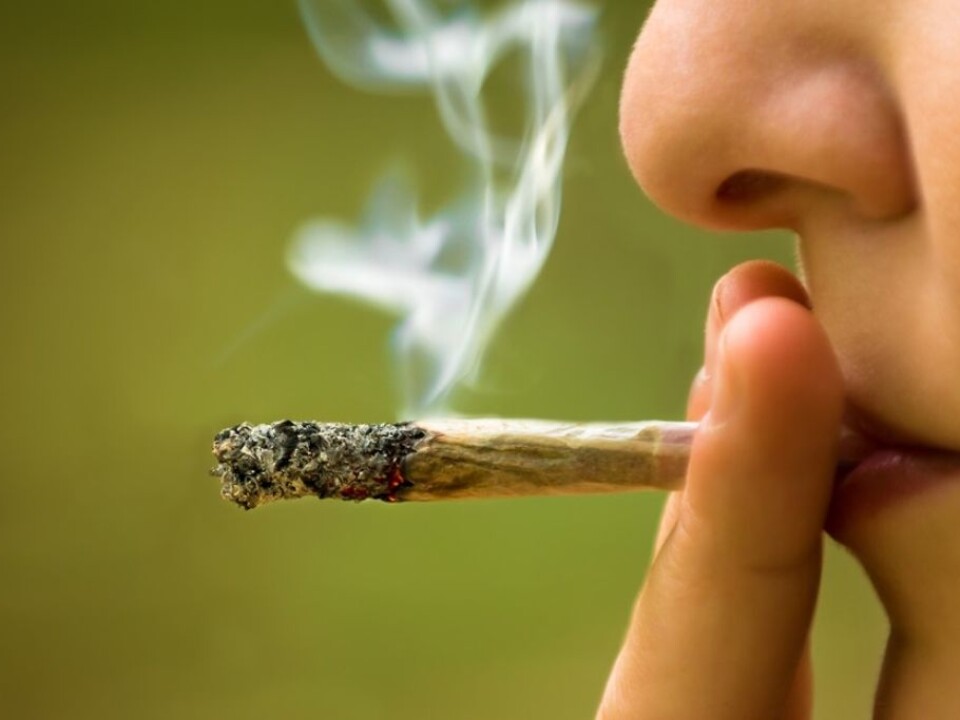An article from SIRUS Norwegian Institute for alcohol and drug research

Association between cannabis use and violence
A study of Norwegian youths reveals an association between cannabis use and violence. If the frequency of cannabis use is doubled, the incidence of violent behaviour rises by 4 percent.
Denne artikkelen er over ti år gammel og kan inneholde utdatert informasjon.
“People may think of hashish and marijuana as tranquillizers, but according to some studies, cannabis users may be more likely to act violently”, says Ingeborg Rossow.
She is a researcher at the Norwegian Institute for Alcohol and Drug Research (SIRUS).
Together with fellow researcher Thor Norström, Rossow has conducted a long-term study of Norwegian adolescents and found that cannabis users report violence more frequently than other youngsters.
Consistent with previous studies
This result is consistent with the findings of previous studies.

In their explanation of the correlation, previous studies refer to the acute effects of cannabis use such as panic attacks, confusion, hallucinations, suspiciousness and paranoia, which can give rise to aggressive behaviour.
Another possible explanation is that a period of abstinence following a long period of cannabis use can lead to feelings of irritability and aggressiveness, and increase the risk of violent behaviour.
Thirdly, disputes over money in situations where cannabis is bought and sold can also provoke violence.
Other causal factors?
“Nevertheless, although some previous studies have found an association between cannabis use and violence, cannabis use is not necessarily what causes the violence. The correlation may be due to other factors that affect both cannabis use and violence”, says Rossow.
These factors can, for example, be personality traits, behavioural problems, alcohol use, and influence of friends and acquaintances.
Rossow and Norström therefore applied an analytical method that reduces the likelihood of these types of factors obscuring a possible causal relationship.
Increased risk
“We analyzed longitudinal data [data collected over a longer period] stemming from surveys of Norwegian adolescents. The first thing we found was that cannabis users reported incidents of violence more often than other teenagers”, says Rossow.
In the next step of the analysis, the researchers therefore took several other factors into consideration that might contribute to the correlation, such as alcohol use and impulsivity.
“While the link between cannabis use and violence was significantly weakened, a link remained all the same”, she says.
Using Rossow and Norström’s analytical model, the researchers found that a doubling in the frequency of cannabis use increased the incidence of violent behaviour by 4 percent.
The study has its limitations, Rossow says. “Among other things, we do not know whether the incidents of violence reported by the young coincided with the use of cannabis; all we know is that those who increased their use of cannabis, also reported an increase in violence involvement”.
------------
Read the Norwegian version of this article at forskning.no



































